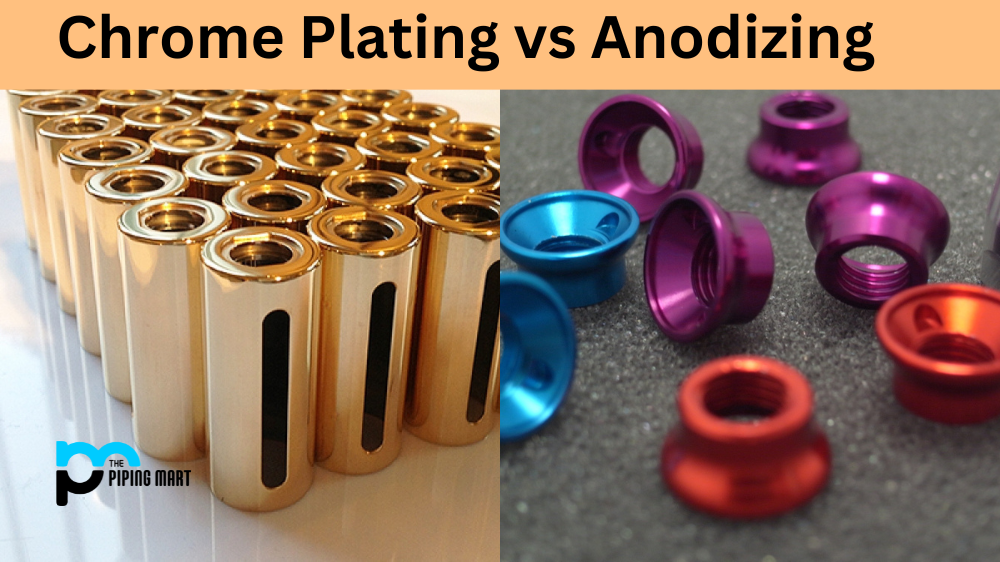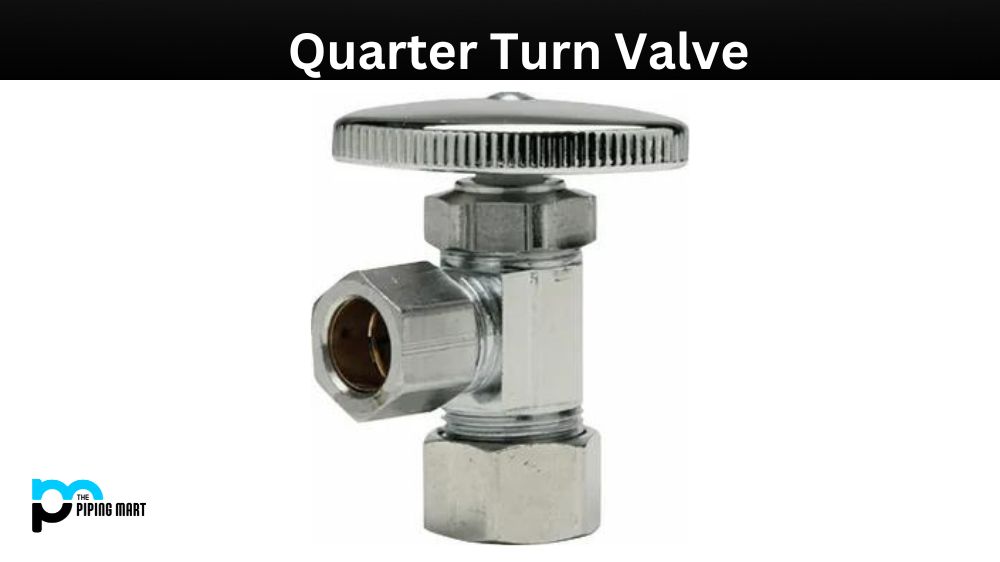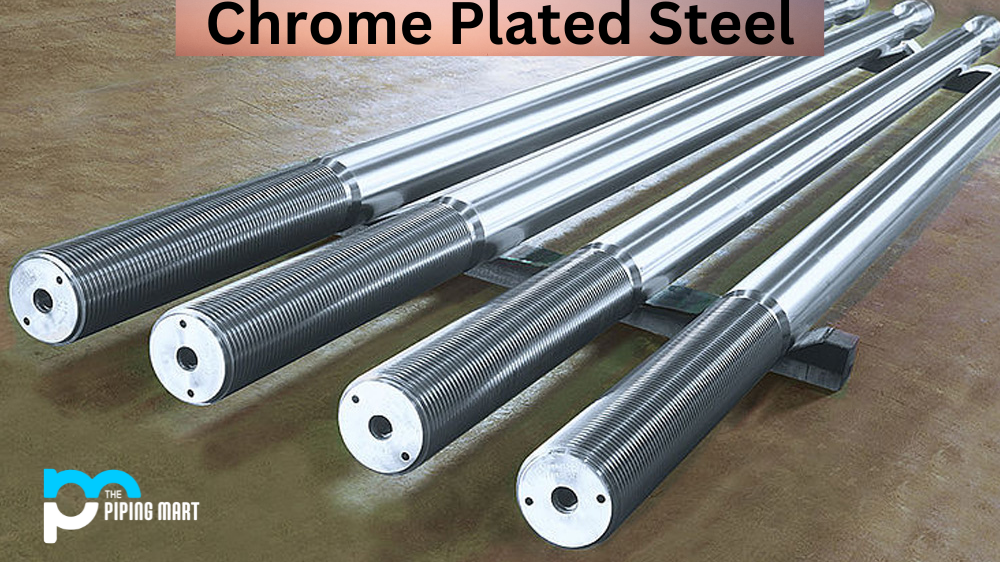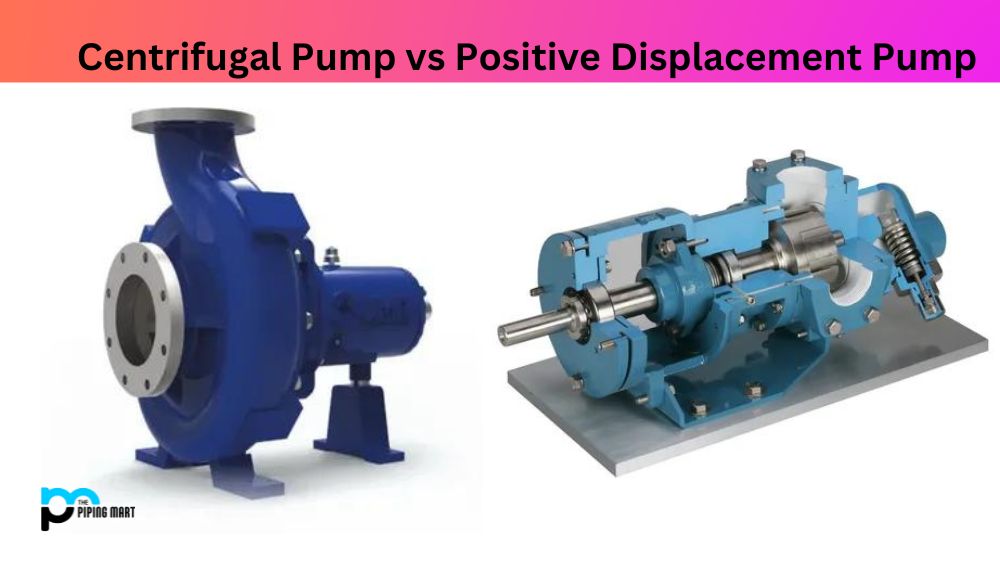If you’re looking for a durable, corrosion-resistant finish for metal surfaces, you may be considering either chrome plating or anodizing. While both processes protect against corrosion and improve the aesthetic value of metal components, they have some distinct differences that could make one a better choice than another. Let’s dive into the details of each process and see which one is right for your project.
Chrome Plating
Chrome plating is a process in which a thin layer of chromium is applied to the surface of another metal. This layer protects against rust, wear and tear, and other forms of damage due to its hard, glossy finish. Chrome plating can also add visual appeal with its polished look, making it popular for decorative purposes as well as functional ones. The downside is that chrome plating can be expensive and time-consuming compared to other processes like anodizing. Additionally, chrome plating requires specialized cleaning products or else it may become stained or discoloured over time.
Anodizing
Anodizing involves submerging aluminum parts in sulfuric acid to create a protective oxide layer on their surfaces. This layer acts as an insulator against corrosion, providing superior protection against rusting and other environmental damage compared to chrome plating. Anodized aluminum also tends to be more visually appealing than chrome-plated metals due to its uniform finish that’s free from blemishes and defects. The downside is that anodized aluminum can’t withstand high temperatures like chrome-plated metals can; when exposed to heat, the oxide layer will start to flake off after prolonged exposure. Additionally, it can take longer to apply than chrome plating since anodizing requires multiple steps in order to achieve its desired effect.
Difference Between Chrome Plating and Anodizing
- Chrome plating is a process in which a thin layer of chromium is applied to a metal surface in order to provide a decorative or protective finish.
- Anodizing is a process in which an aluminum oxide layer is formed on the surface of an aluminum object in order to protect it from corrosion or provide a decorative finish.
- Chrome plating is more durable than anodizing and is better suited for applications where the finish will be subject to wear and tear.
- Anodizing is less expensive than chrome plating and does not require as much maintenance.
- Both processes can be used to provide a decorative finish, but anodizing can also be used to increase the corrosion resistance of aluminum objects.
- Chrome plating is more toxic than anodizing and can release harmful chemicals into the environment if not properly disposed of
Conclusion:
When it comes down to it, there are pros and cons associated with both methods of applying protective layers on metal components—chrome plating vs anodizing . Ultimately, which method you choose depends on what qualities are most important for your project—durability, cost-effectiveness, or aesthetic appeal? With all the information provided above about each process in mind, we hope you can make the best decision for your needs! Good luck!

A passionate metal industry expert and blogger. With over 5 years of experience in the field, Palak brings a wealth of knowledge and insight to her writing. Whether discussing the latest trends in the metal industry or sharing tips, she is dedicated to helping others succeed in the metal industry.




